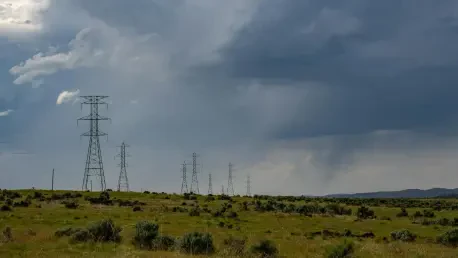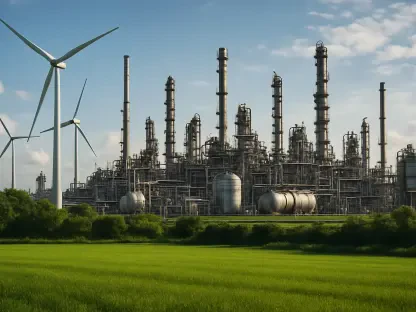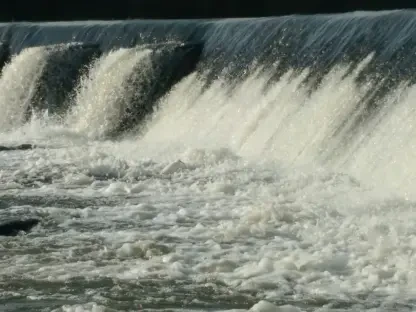A recent meeting of the Federal Energy Regulatory Commission (FERC) has placed a spotlight on a pressing challenge confronting the nation’s power infrastructure: the ability of grid operators to maintain stability amid extreme weather conditions. Dominated by the voices of leaders like FERC Chairman Mark Christie, the discussion underscored concerns surrounding the adequacy of the U.S. power supply during periods of unprecedented heat and humidity. The event serves as a pivotal moment in the energy industry, reinforcing the urgency of addressing resource adequacy to avert potential blackouts during peak demand stages and enhance the robustness of power systems across the Midcontinent and East Coast regions.
The Growing Concern Over Grid Stability
During the meeting, stakeholders explored the capacity of traditional and renewable energy sources to ensure reliable supply when demand pressures peak. This exploration gains significance as grid operators navigate the complexities of integrating intermittent renewable energies like wind and solar with dispatchable resources such as gas, coal, and nuclear power. Anomalies in demand—as seen in PJM Interconnection’s significant spike of 161 gigawatts—have prompted a reevaluation of strategies to mitigate risks of power shortages. The fusion of demand response measures, which effectively contributed approximately 4,000 megawatts in reduced load, illustrated adaptive management practices aiding in blackout prevention.
Unpacking the Discussion on Grid Reliability
Insights from Industry Leaders
Industry experts shared insights spotlighting the critical role of dispatchable energy resources in maintaining grid stability when renewable sources fall short. FERC Commissioner Judy Chang and Chairman Christie emphasized that renewables, while essential to reducing carbon emissions, must be supported by reliable, flexible resources to alleviate the intermittent nature of their output. The speakers addressed the limitations of battery storage associated with renewables, often restricted to a mere few hours of backup power, signaling a call for improved integration of various energy forms to sustain grid performance during emergencies.
Themes from Panel Discussions
Panel discussions delved into the necessity of balancing environmental goals with operational reliability. Experts debated potential regulatory measures, including mandatory reserve power supply targets to buffer against unexpected demand surges or generation disruptions. Such directives reflect a broader industry movement towards establishing sturdy reserves that ensure grid operators can manage unprecedented challenges. The conversation also touched on propositions to enhance inverter-based resources’ resilience, empowering technologies such as wind and solar to better withstand minor disturbances without disengaging from the grid.
Interactive Sessions and Learning
Participants engaged in workshops focusing on practical approaches to bolster grid stability, highlighting the effectiveness of demand response strategies alongside the adoption of newer technologies to fortify power systems. Collaborative activities fostered learning experiences, allowing attendees to explore novel management techniques and energy solutions directly applicable to contemporary grid challenges. These interactive sessions aimed to empower stakeholders with actionable strategies to navigate the evolving energy landscape.
Innovations and Technological Advances
The event showcased recent technological advancements and innovative solutions poised to revolutionize grid reliability. Exhibitions featured groundbreaking products emphasizing efficiency and adaptability within power systems, spotlighting innovations such as enhanced battery technologies designed to extend backup duration during critical demand periods. Industry representatives unveiled prototype solutions contributing to more effective integration of renewable resources into the existing grid infrastructure, underscoring a commitment to innovation as a driver of energy security.
Reflecting on the Future of Grid Reliability
The meeting concluded with calls to action urging stakeholders to proactively fortify the nation’s power systems. Reflections on the event emphasized the multifaceted nature of grid resilience, stressing the importance of continued investment in diverse energy sources, adaptive management practices, and regulatory enhancements. By articulating a future-oriented vision, the discussions highlighted the urgency of synthesizing innovative technologies with strategic policy frameworks to achieve dependable and sustainable energy outcomes. The event thus marks a significant step forward in understanding the complexities of ensuring grid reliability amid extreme weather conditions, shaping the path towards energy security and sustainability.









